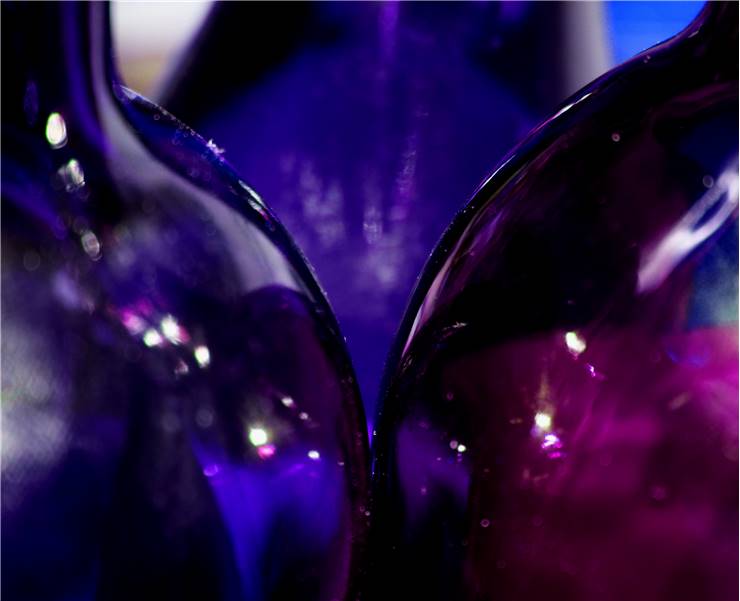Ancient Glass Making
People have been used naturally occurring glass since the Stone Age. Obsidian is the most known natural glass which is formed from volcano eruption.
Evidence for the use of glass in the ancient world is widespread but little is known about the production of glass in that time. There is still some doubt as to where and when glass was invented. Pliny the Elder, the ancient-Roman historian, located this event on the Phoenician coast, in modern Lebanon, where there later grew one of the most important glass-making centers and attributed the discovery of glass to the Phoenician merchants.
The name of man who discovered glass is lost in history records. No matter who did it and how it happened, there is evidence which suggests that glass was already in use as far back as the 14th century BC.
Beside Phoenicians, ancient Egyptians also knew the secrets of glass production and they used glass like materials long before the production of glass itself. Little glass beads, which people used for necklaces was the first glass.

Decorative glass was very difficult to produce and was quite rare. In ancient time glass was made from sand quartz and the ancients were using some very complex chemistry to both create and color the glass. They simply whetted beads, figures or bottles of any shape since they couldn't blow spherical forms.
The thing which gave color to ancient glass is the impurities that were contained in it. The discovery of faience was the next step in the evolution of glass in Egypt. Faience was used before glass and faience is a mixture of quartz sand and an alkaline substance covered by vitreous glaze which, once mixed, can then be molded, cast or even thrown on a wheel (Battle 16). It was popular material used in the production of amulets and small vessels.
Glass manufacture had its origins in the Palestinian area, and was further developed in Egypt. Glass vessels started to be made during the reign of Tuthmosis I in the New Kingdom. The technique of core forming was developed in both Egypt and Mesopotamia in about 1500BC. This new method by which glass vessels were produced in variety of shapes was important breakthrough in glass making and remained in use for over a thousand years.
In ancient times, only the very wealthiest could afford glass objects. It was not plentiful as it is today.
But when Syrians invented glass-blowing tubes in the 1st century BC more people could afford glassware products.
Romans played a crucial role in popularizing glass production as they set up glass-blowing workshops across all their colonies. This is how glass making technique came to Gallia, Germany and France.
